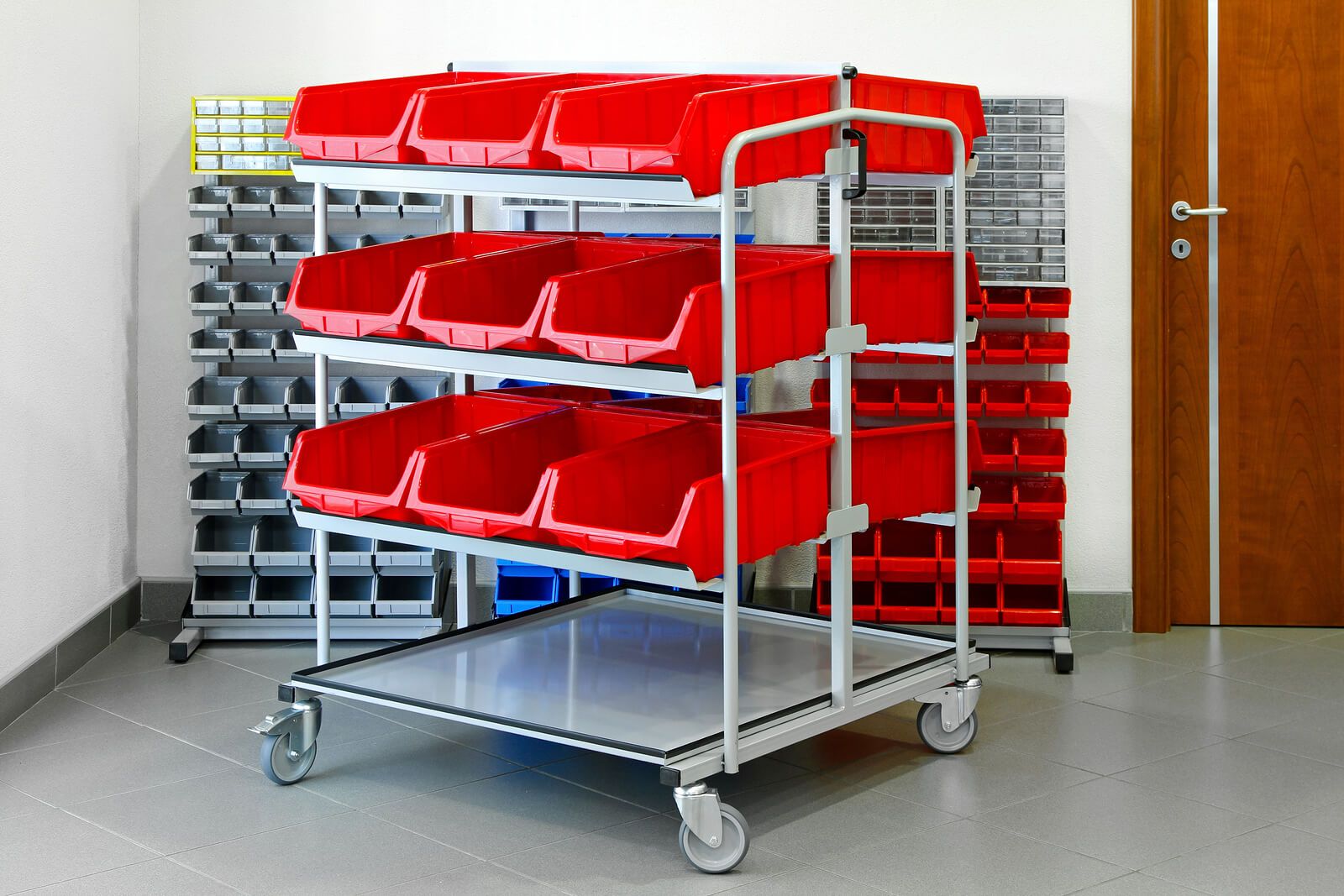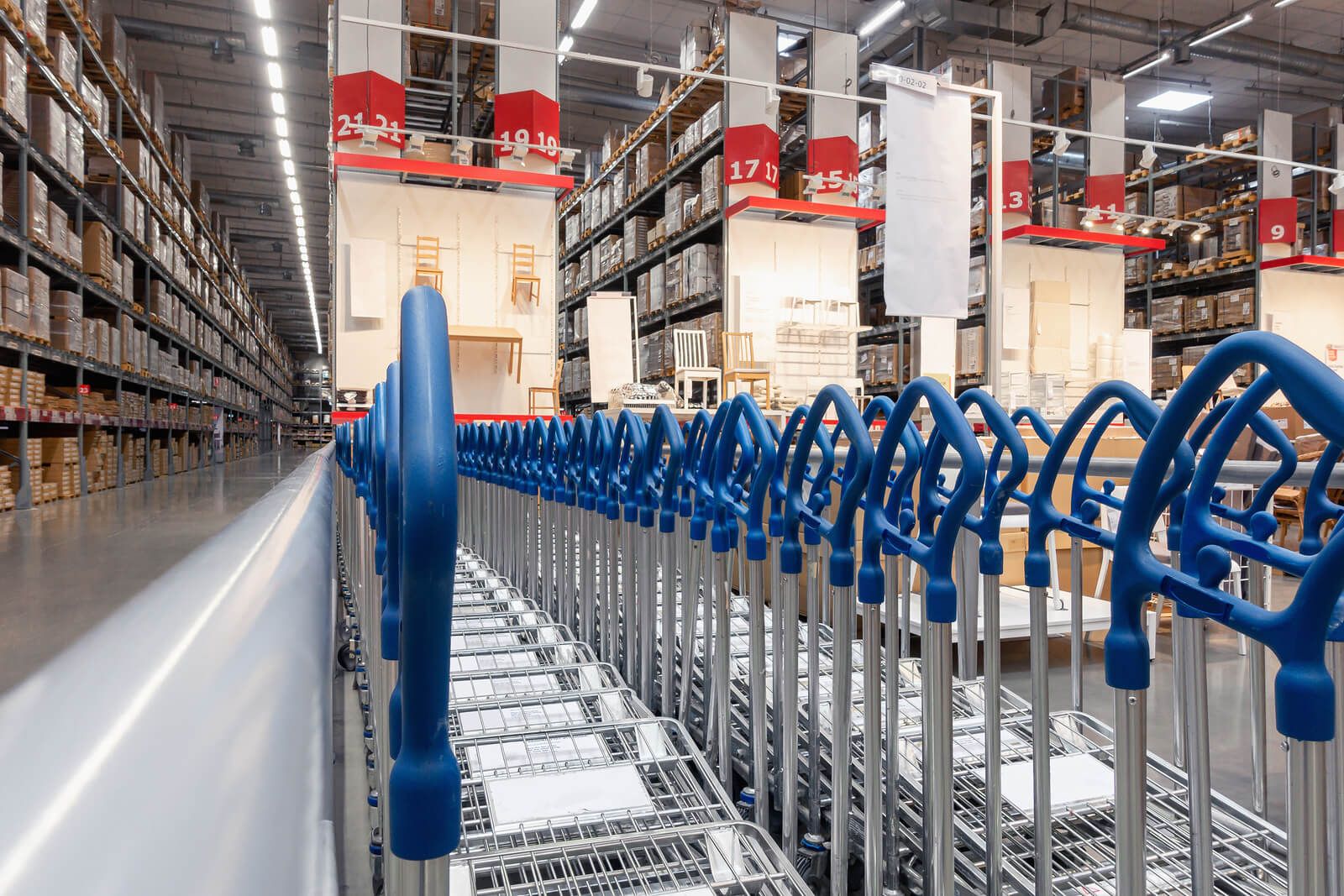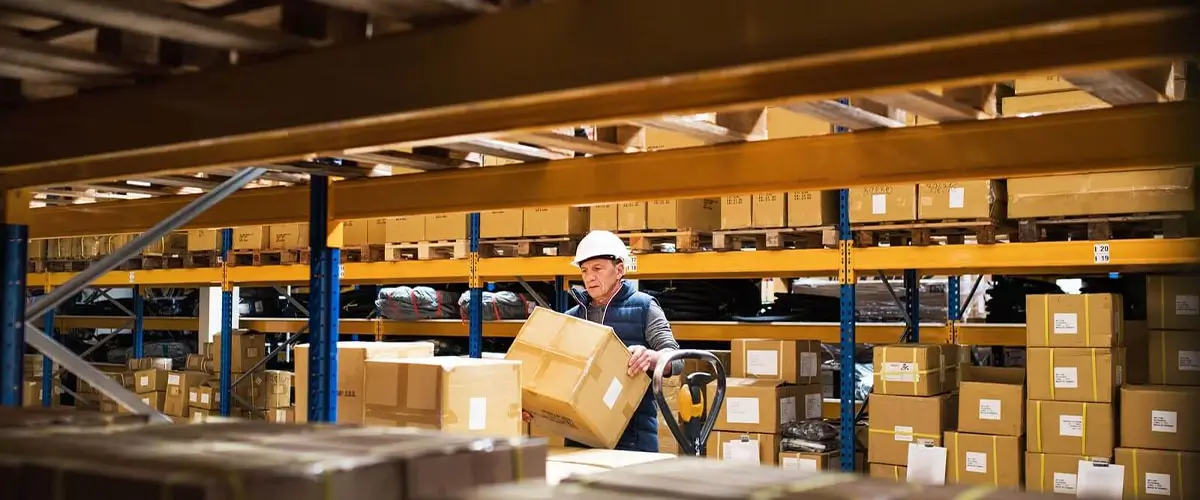U-Cell Approach to Put Wall Picking in High Volume Warehouses
Transition from low to high volume with put wall picking.
There is always a hard part in every transition spot in business as well as in life. There is always a challenge with the middle. You can’t move any direction – up or down. You don’t know what to do at this transition spot.
The same thing applies to various cases in business too. In this blog post, we are going to talk about what to do in a transition in warehousing and order fulfillment business from low to high volume. Generally, an order fulfillment business uses automation depending on the volume of the operations. If it has a smaller operational volume, then the processes are run manually with manpower.
Contents
WHEN YOU ARE AT THE NEXT LEVEL , YOU NEED TO CHANGE YOUR OLD PROCESSES TO FACILITATE YOUR BUSINESS. In high volume operations such as 20 – 30K order shipments daily, then the companies start using various levels of warehouse automation such as sorters.
For a company to decide whether to implement a sorter depends on primarily the ROI calculations. If it results with a meaningful ROI, then companies invest in sorters. The ROI for a sorter directly depends on its hourly sorting capacity. If there is a fluctuation with the demand, then a sorter may not make sense for the operation.
Selecting The Right Picking Method
In our guide, Order Picking Methods, we talked about different order picking strategies that can be applied for different operations. The guide mainly talks about order based picking, cluster picking and batch picking & put walls. One of the main differences between these methods is the process that follows the picking which is the sorting process.
1.Order Based Picking
Order based picking already picks each order separately, so the picked orders can directly be packed, there is no need for the sorting process. This method is often used in B2B order fulfillment or for big, bulky items picking. Otherwise it would be so slow picking regular ecommerce orders with this method.
An average picker walks approximately 6-8 miles in a day. Selecting the right picking method may result up to 80% productivity improvements.
2. Cluster Picking
Cluster picking can be also called pick & sort operation. Because the orders are picked into totes in picking carts, there is no need for the sorting process. This method is so effective in small scale operations.

3. Batch Picking & Put Wall
Whereas in batch picking, all orders are picked in one or more picking carts in batches and they need to be sorted into orders. That’s where the “automated sorter” comes into the picture in high volume operations. However, if the order volume is not large enough to implement a sorter, then the businesses implement a put-to-wall process to do sorting of orders. That’s where we are talking about a transition spot. The business is not small enough to implement cluster picking and the business is not large enough to implement an automated sorting system.
Automated sorters are used in high volume, streamlined fulfillment operations such as no big fluctuations in demand. Otherwise, it will be difficult to get ROI.
Put Wall – Batch Pick Then Sort
The reason the batch picking process is preferred to cluster picking in that transition spot is picking is executed much faster. Eg. when we consider a 200 orders batch, cluster picking provides approximately 20x more trip time compared to batch picking. Consider cluster picking is executed with picking carts of 10 totes, then we need to do 20 trips to complete the picking of 200 orders. Whereas with batch picking, we can pick all 200 orders in 1 trip. Upon the sorting process is completed the orders are packed at the packing stations.
In put-to-wall operation, most businesses assign a fixed and straight wall that consists of a certain number of sorting totes – such as 500s of totes/bins. Each tote is assigned to an order at the beginning of the operation within the WMS automatically. Once the batch picking cart is brought into the sorting wall, the sorting employee starts scanning the products. The WMS software tells the sorter which tote he should put the product into. Most of the times, multiple sorting employees work in the same sorting wall concurrently. Nowadays, with the social distancing guideline due to Covid-19, this method brings a disease transmission risk. Other than this risk, a straight fixed put-to-wall operation may represent some inefficiencies and lack of flexibility to the put-to-wall operation.
Flexible U Shape Cell Approach
Because of all these, Logiwa implements flexible, moving put-to-wall systems in its customer sites. This new put-to-wall system mainly includes smaller size moving shelves that consist of 25 to 30 totes each. These moving shelves called as “Mobile Sorting Units”. Depending on the daily order volume, a sorting employee can bring multiple of these sorting systems together just like a lego and form a U-shape sorting cell that consists of 90 to 150 totes in total. A U-cell consists of pigeon holes or bee hives where a sorting employee can do sorting within the area that is bounded by shelves and with a flexible capacity.
The beauty of this system is we don’t occupy a fixed wall and certain space in the warehouse regardless of the order volume. It has the flexibility to adapt to changing conditions and fluctuating order volumes. Since the sorting cells are moveable and dynamic, they can easily be moved to packing stations for the order to be packed easily. And also a sorting employee works alone in a sorting U- cell that is important to align with social distancing guidelines due to Covid-19.
In a warehouse, the pickers pick into the batch picking. These carts that are full of picked orders go into U-cells. At the beginning of the operation, the sorting employee also specifies which sorting shelves and how large of a sorting cell he/ she is going to work in. Depending on the size of the order batch, the WMS makes sure if the U-shape sorting cell is large enough to sort the specific batch. The sorting employee scans a product from the picking cart and the WMS suggests a tote / bin. The sorting employee puts the product in the tote and scans the next product.

As a result, U-cell approach allows a zero-cost sorting operation. It doesn’t allow a big and fixed space in the warehouse compared to put-to-wall. That’s also how it brings 15% walking distance savings for sorting employees and pickers. U-cell by the nature of its shape and arm distance of all totes, it reduces the sorting duration by 20%.
Automated sorters are used in high volume, streamline fulfillment operations such as no big fluctuations in demand. Otherwise, it will be difficult to get ROI.
Run a fully digital warehouse with mobile apps, smart job batching, automation rules
Warehouse Management
Modern WMS cloud fulfillment powers a modern experience
Inventory Management
Improve your inventory across your supply chain.






